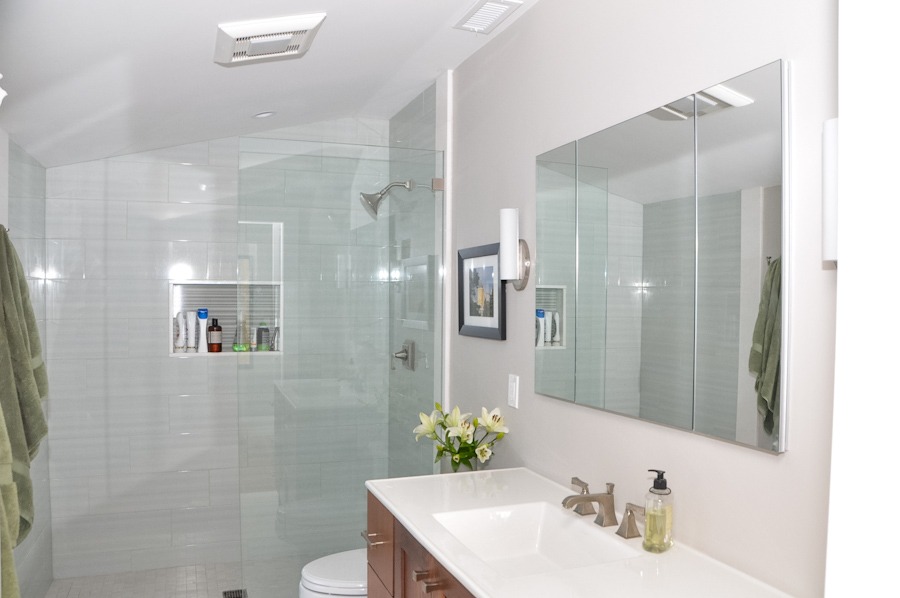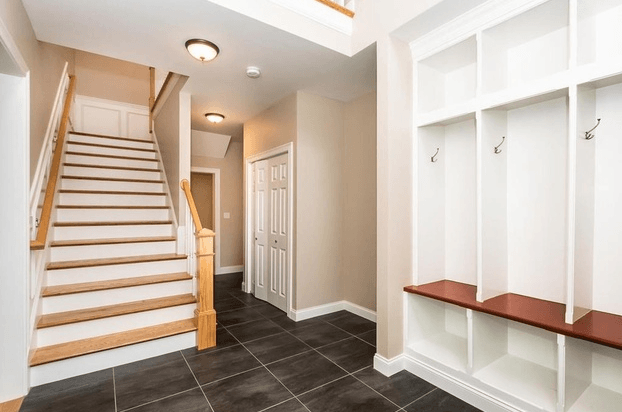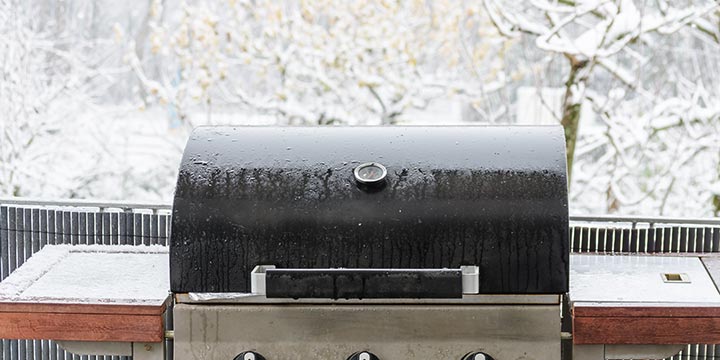[vc_row][vc_column][vc_column_text]Tackling what is probably the smallest room in your house can be challenging when you’re trying to maximize space. However, if you have been blessed with an exceptionally small bathroom, you’re in luck. Here are three of our design tricks that will help you to make your tiny bathroom feel like an entirely new space.
Use Softer Colors
The best way to make a room appear larger is to use softer colors on your walls. Pale or neutral colors tend to give the illusion of space. When you’re redesigning a small room, the color palette should fit the size of the room. A bathroom is meant to be fresh and relaxing so using too many vibrant colors in one palette can overwhelm people and force them to feel tense and cramped. Keep the colors soft, but feel free to add life to the room with the decor accents you use.
Recessed Lighting
Most bathrooms only have a single overhead light, which is inadequate when it comes to lighting the tub, toilet, and vanity areas of the bathroom. Light, especially natural light, always brings the illusion of more space to a room since darkness makes a room feel more confined. However, if your bathroom lacks a window, recessed lighting is a great alternative. Not only does it add functionality to the room, but it can be a great way to add style to the space.
Declutter
The more cluttered the space is, the smaller you make it. A great way to keep your bathroom looking bigger, better, and more organized is to begin by decluttering items that are not necessary to the overall design and functionality of the bathroom. Feel free to add bins, baskets and shelves for additional storage and organization. Recessed shelving in the shower is also a fantastic way to gain more storage and to keep your shower products from bopping around the entire bathroom.
View one of our recent bathroom renovation projects[/vc_column_text][/vc_column][/vc_row][vc_row][vc_column][vc_separator color=”blue” el_width=”70″][vc_column_text]Our team at McDonald Contracting can help you design your dream bathroom! Contact us today and receive a free quote![/vc_column_text][vc_separator color=”blue” el_width=”70″][/vc_column][/vc_row]



